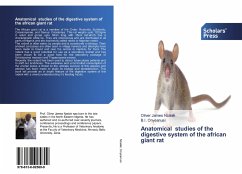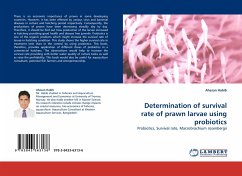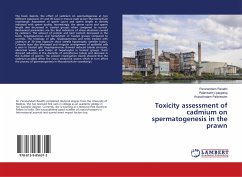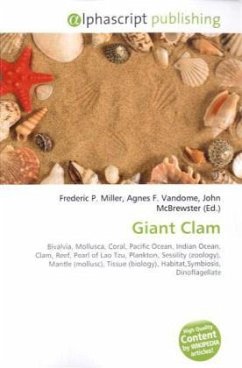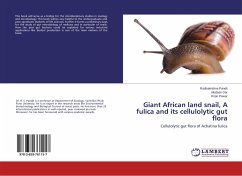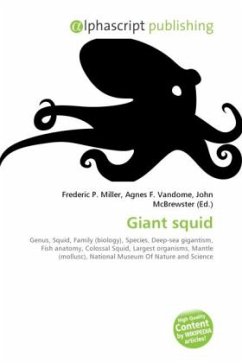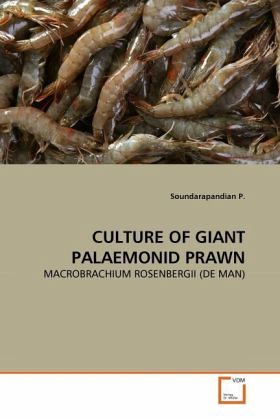
CULTURE OF GIANT PALAEMONID PRAWN
MACROBRACHIUM ROSENBERGII (DE MAN)
Versandkostenfrei!
Versandfertig in 6-10 Tagen
32,99 €
inkl. MwSt.

PAYBACK Punkte
16 °P sammeln!
About a dozen species of freshwater prawns belonging to the genus Macrobrachium inhabit the Indian rivers and constitute a rich resource in terms of delicious protein food both for the rich and the poor. At least, three species viz., Macrobrachium rosenbergii,M. malcolmsonii and M. biramanicum choprai attain sufficiently large sizes and economically very important. Of these, M. rosenbergii, which is the largest prawn in the world attaining over 300 mm in length and 400 g in weight, and popularly known as scampi' or the giant long-legged prawn, is now cultivated on a large scale in Asia, partic...
About a dozen species of freshwater prawns belonging to the genus Macrobrachium inhabit the Indian rivers and constitute a rich resource in terms of delicious protein food both for the rich and the poor. At least, three species viz., Macrobrachium rosenbergii,M. malcolmsonii and M. biramanicum choprai attain sufficiently large sizes and economically very important. Of these, M. rosenbergii, which is the largest prawn in the world attaining over 300 mm in length and 400 g in weight, and popularly known as scampi' or the giant long-legged prawn, is now cultivated on a large scale in Asia, particularly Thailand, Vietnam, Taiwan and Bangladesh and also Latin America. At present very few commercial and backyard hatcheries have been established in Asian countries. Some of the shrimp hatcheries are also diversified for scampi seed production during the off season. Everyday the scampi' seed demand is going up but the seeds produced from the hatchery and also from natural resources are not sufficient. So establishing more commercial hatcheries will solve the problem. This manual will pave the way for the farmers to start their own hatcheries and farming.





